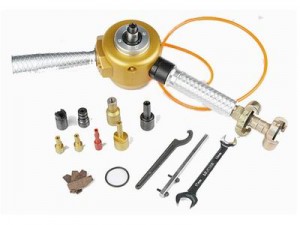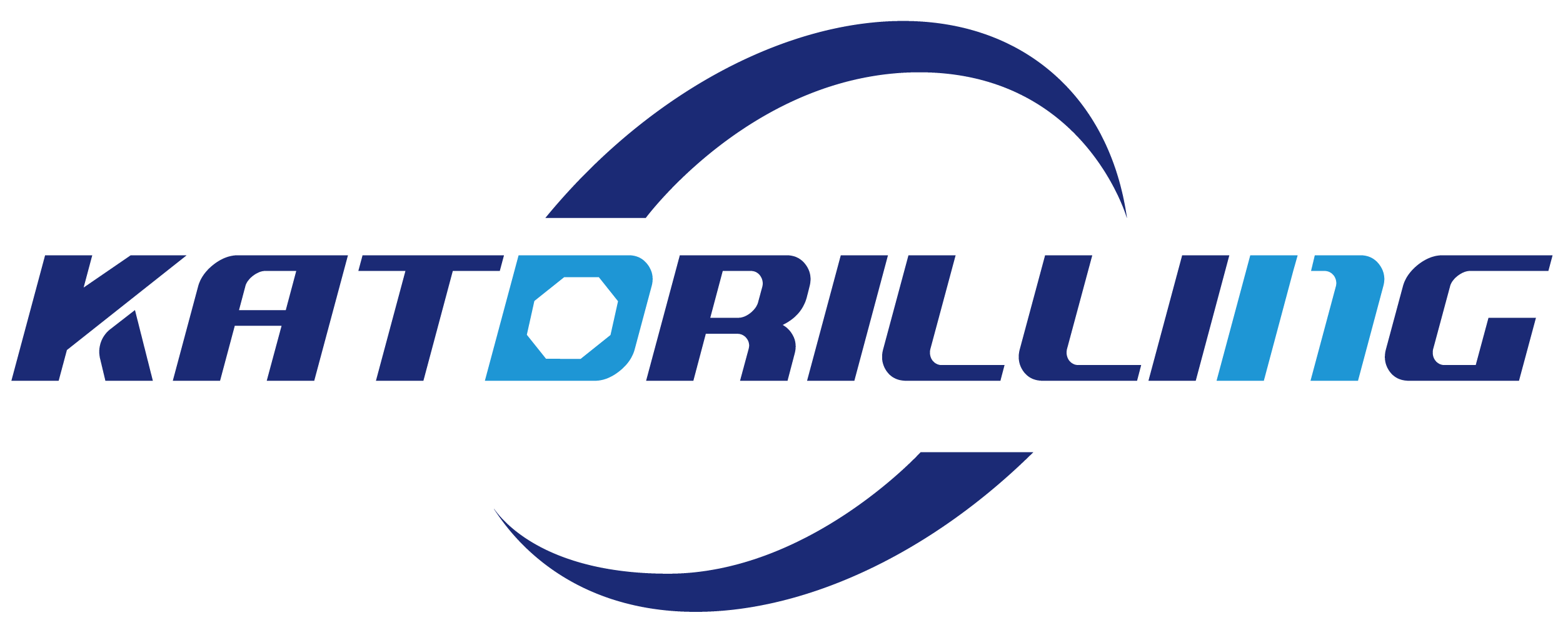In the war room the team consult with Dr. Christa Brosseau, an analytical chemist who has evaluated the most recent finds from H8. Last year the team found parchment, book binding, and two fragments of 17th century human bone in the area. Could these samples be as tantalizing?
A man narrowly avoided being crushed by falling bricks from a collapsing building during the weekend’s strong winds.
The rescuers estimate they will need up to 24 hours to dig the four-metre (13ft) tunnel to where they believe the boy is.
A huge expansion would also involve huge complications. “You start to get into really big challenges when you get to these big, large scales,” Glen Peters, a research director at the Cicero Center for International Climate Research in Oslo, told me. “If you can do one carbon-capture facility, where Carbon Engineering or Climeworks can build a big plant, great. You need to do that 5,000 times. And to capture a million tons of CO₂ with direct air capture, you need a small power plant just to run that facility. So if you’re going to build one direct-air-capture facility every day for the next 30 years to get to some of these scenarios, then in addition, we have to build a new mini power plant every day as well.” It’s also the case that you have to address two extraordinary problems at the same time, Peters added. “To reach 1.5 degrees, we need to halve emissions every decade,” he said. That would mean persuading entire nations, like China and the United States, to switch from burning coal to using renewables at precisely the same time that we make immense investments in negative-emission technologies. And Peters pointed out that this would need to be done even as governments choose among competing priorities: health care, education and so on.

The Institute of Seismology at the University of Helsinki is responsible for regulatory control of the project and will monitor progress using its own instruments. Surface accelerometers installed in the immediate vicinity will also measure the impact of the micro-vibrations at ground level. The ground level effects of stimulation in bedrock at depths of several kilometres are nevertheless minimal or non-existent. For example, the blasting stages of metro tunnelling cause much larger vibrations.
Sony’s TV range has always looked sleek and minimal, but this year’s flagship W9 is a gorgeous set that’s finished with quartz to give each laser-cut bezel edge an aqua tint when it catches the light. It’s not just good looks that sets this TV apart, though. It’s the first to include Sony’s redesigned Triluminos colour system.
Volcanoids is out now in early access. You can grab it here on Steam for £15.49/â¬16.79/$19.99. The developers plan on raising the price as they add major features like multiplayer and PvP.
Birnie gives acknowledgement to Booysen Bore’s fundamental role in the joint development of the machines from the ROC L8 MK I up to the state-of-the-art FlexiROC D65. Pieter adds that they were impressed by the fact that when they raised ideas, Atlas Copco not only listened but also responded to their requirements in the development of the machines which resulted in the ROC family becoming the preferred drill rigs for Booysen Bore.

Efforts to rescue Julen Rosello from the 110-metre deep, 25cm diameter borehole have gripped Spain since the boy fell into the waterhole on Sunday.
It comes as the company is supplying around 25 per cent more water than usual to keep pace with a surge in demand caused by the hot weather.
The lower than expected performance is mainly attributable to sub-optimal underground equipment availability and associated maintenance costs.
It may now be that another gas — carbon dioxide (CO₂) — can be removed from the air for commercial purposes, and that its removal could have a profound effect on the future of humanity. But it’s almost certainly too soon to say for sure. One sunny morning last October, several engineers from a Swiss firm called Climeworks ambled onto the roof of a power-generating waste-incineration plant in Hinwil, a village about 30 minutes outside Zurich. The technicians had in front of them 12 large devices, stacked in two rows of six, that resembled oversize front-loading clothes dryers. These were “direct air capture” machines, which soon would begin collecting carbon dioxide from air drawn in through their central ducts. Once trapped, the CO₂ would then be siphoned into large tanks and trucked to a local Coca-Cola bottler, where it would become the fizz in a soft drink.
The Curse of Oak Island | Carbide Cylindrical Pin Related Video:
, , ,
